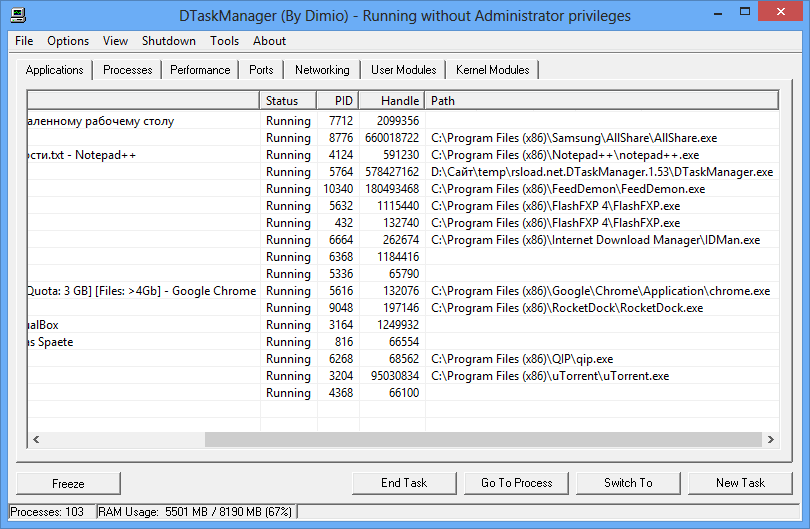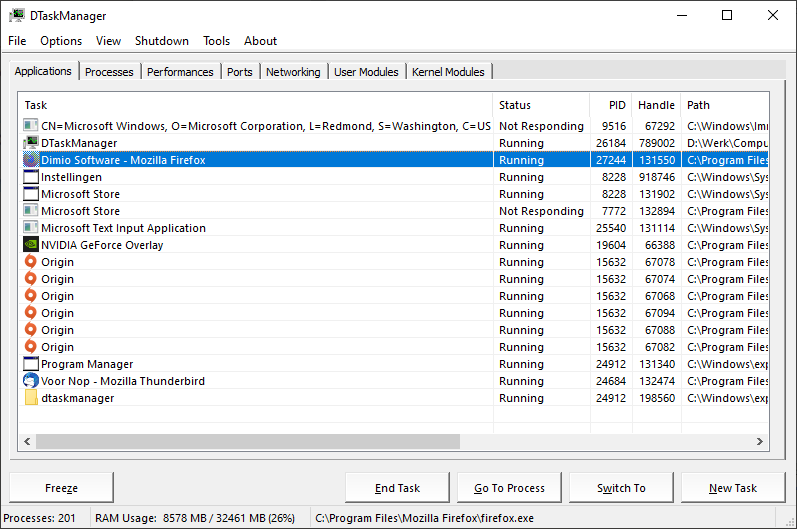


uninstall iTunes, reboot, reinstall iTunes, reboot - same behaviour.different USB port on the same computer - all behave identically.different computer - tried it on another Windows 10 machine with an identical version of iTunes (12.7.4.76) - works flawlessly (with the same sync cable).iTunes doesn't detect the device at all, but once the connect/reconnect loop gives up the iPod appears as a mass storage device - but iTunes continues to ignore it. The iPod appeared to connect, then disconnect and reconnect again in a loop until eventually Windows gave up and said the device had malfunctioned. However, I plugged in this newly purchased iPod to the family PC (via USB) and strange things began to happen. By this I understand that syncing has worked on their family PC (running Windows 10) in the past, but updates may have been run / fiddling may have taken place since the last successful sync. One of the parents already has an identical model which was "working fine" (although hadn't been synced for over a year). This is the only form of nag you’ll see - there are no pop-up windows, for example.I have a used iPod Classic 5th Generation (A1136) that was purchased for a parent as it is compatible with all their 40-pin gear. Activate Windows now.” link at the bottom of the Settings app. You’ll also see a “Windows isn’t activated. First, you’ll notice a watermark in the bottom-right corner of your screen. Eventually, Windows will start nagging you a tiny bit. Initially, you won’t notice a difference.

These days, Windows just complains at you in a few minor, cosmetic ways. With Windows XP, Microsoft actually used Windows Genuine Advantage (WGA) to disable access to your computer. However, an unactivated version of Windows 10 doesn’t have many restrictions. RELATED: How Does Windows Activation Work?Īfter you’ve installed Windows 10 without a key, it won’t actually be activated. Whatever version you choose, Windows 10 will install normally. When you select this option, you’ll be able to install either “Windows 10 Home” or “Windows 10 Pro.” Bear in mind that, if you plan to pay to upgrade to the paid version later, it’ll be cheaper to upgrade to Windows 10 Home, so you may want to install the Home version.


 0 kommentar(er)
0 kommentar(er)
